Microphone Isolation: Improve Your Recordings
Improve your recording environment.
In this article, we explore microphone isolation techniques and discuss how they can be used to achieve better results in your home studio.
In this Article
In home recording situations, we can use microphone isolation methods to decrease vibrations, reduce noise, and dampen reflections within our recording space. Although we may not be able to replicate the vocal booth in a professional studio, we can certainly improve our sound-capturing environment and maximize the microphone’s pickup of the intended source.
Microphone Isolation
Sure, you might have more leeway if you’re doing streaming or content creation. However, in music production, our vocal and guitar recordings are stacked to create the doubles and harmonies we use in the various sections of our songs. If each recorded take contains varying amounts of unwanted noise, our audio quality is compromised no matter how much magic we use in post.
Microphone Isolation: Common Noise Problems
If you look around your home studio, there is a myriad of potential enemies in various forms, trying to prevent you from getting clean, clear recordings. If you live in an urban location, for example, you can probably hear industrial extractor fans, air conditioners, vehicles, and sometimes even dreaded construction noise from your apartment or house.
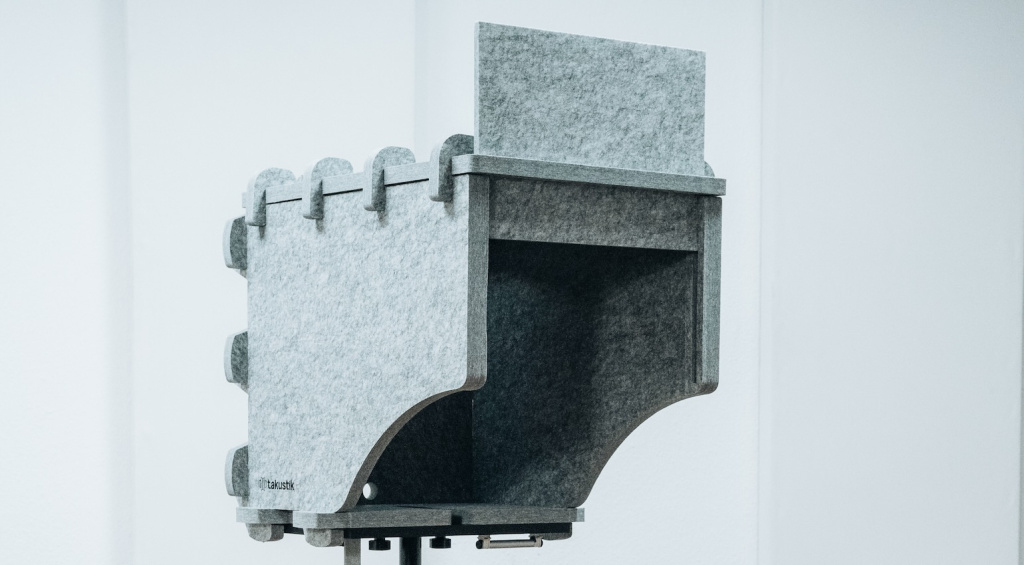
Meanwhile, inside your recording room, you are confronted with your room’s natural reverb as well as the reflections created when sound bounces off walls and other surfaces. When you start rehearsing your songs, the vibrations created by your movements, the creaking of your chair, or the tapping of your foot, can all become problems as soon as you hit the record button.
Also, the electronic hardware around your studio can increase the ambient noise level in your room considerably. Especially a desktop PC or something with an old buzzing power supply. While you might not have noticed these issues when your studio monitors are blaring, they instantly become apparent when we want to record vocals or instruments.

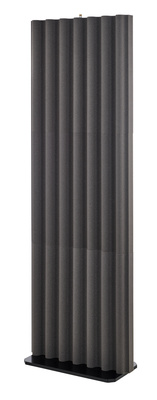
Microphone Isolation: Soundproofing vs Isolation
One of the most common misconceptions about acoustics arises when we consider soundproofing and isolation in the context of home recording. To avoid confusion, it’s important to make the distinction between these two concepts. With soundproofing, we are trying to keep sound from leaking beyond the walls of our home studios.
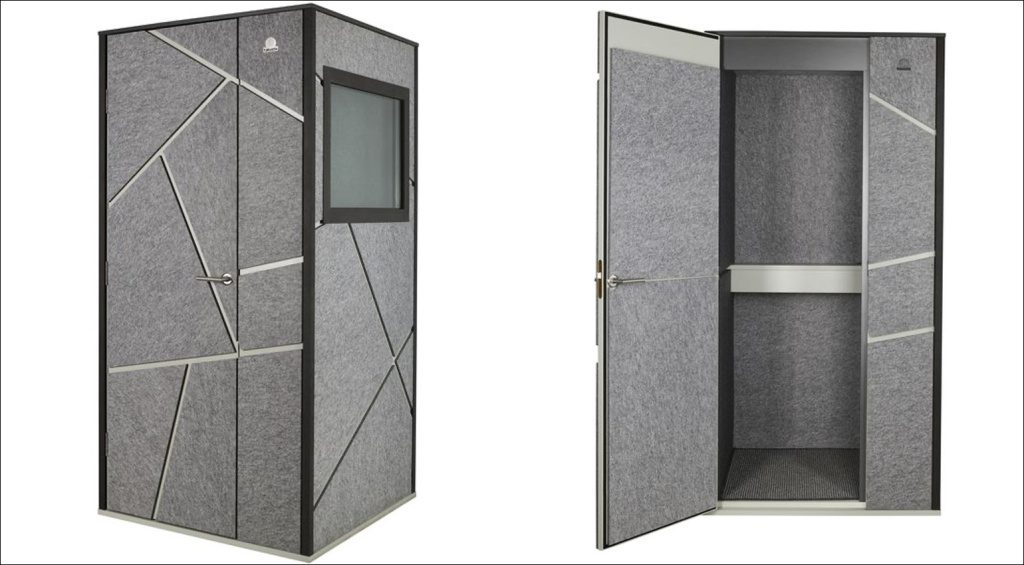
Conversely, isolation focusses on preventing unwanted sound from being captured by the microphones inside our studios. So, instead of worrying about our neighbours, our primary concern is the integrity and clarity of the signal being captured by a microphone. To do this, there are several solutions we can apply to different areas in the studio.
Every aspect is an integral part of the chain, from our choice of microphone and its positioning, to the type of mic stand and accessories like pop shields and reflection filters, each can play its part in improving the quality of our recordings. In addition, acoustic elements like absorbers and even curtains can reduce the reflectivity of your recording space.

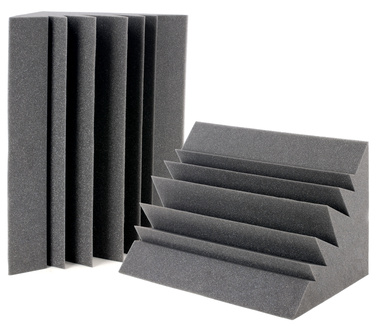
Microphone Isolation: Reducing Vibrations
There are two main ways to isolate your microphone in order to reduce vibrations. The first is to house your microphone in a shock mount, as this can decouple it from the primary structure of the mic stand. In turn, this will nullify any vibrations running through the mic stand. Luckily, most condenser mics do ship with a shockmount, and in some cases, you can get a shockmount for your dynamic mic, as I did with the RODE PSM1 and Procaster.
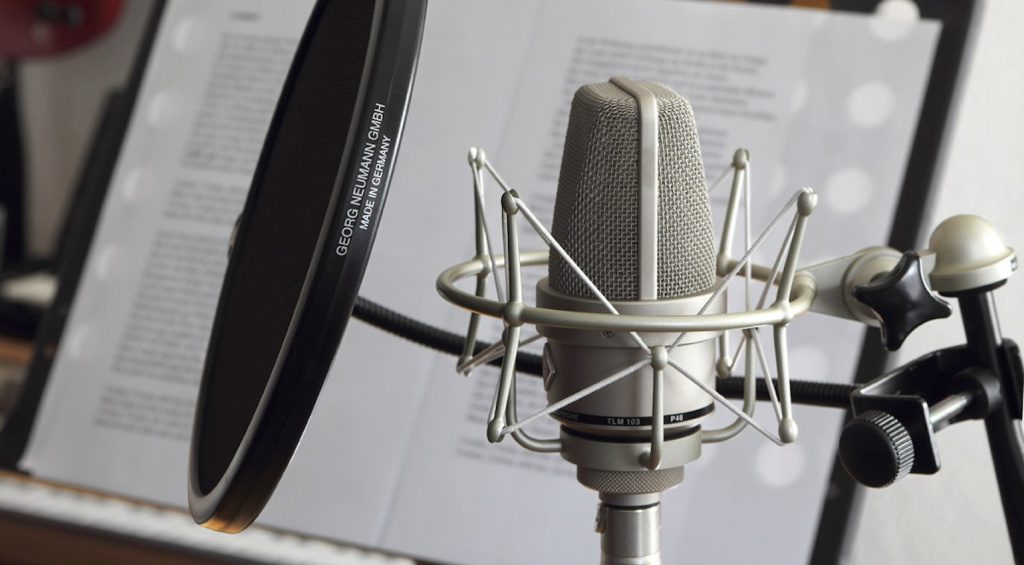
Another way to avoid vibrations is to use a professional studio mic stand. Although these hefty stands can take up more studio space, the wheels elevate the stand off the ground, and the boom arm can provide a barrier to shield the mic from vibrations during recording.
These may seem like rather rudimentary measures, but if you’re trying to record in a building that regularly experiences structural vibrations from machinery like generators or from passing vehicles, you can use acoustic decoupling techniques like these to get yourself out of a tough spot.

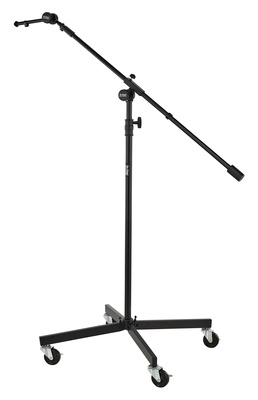
Microphone Isolation: Microphone Focus
The term focus is more commonly used in photography, but it’s the perfect way to describe the next microphone isolation technique. First, by using a pop filter, we can shield the mic from sibilance and plosives during vocal takes. Next, we can use a reflection filter or even a portable vocal booth to create a separate absorbent area surrounding the mic.
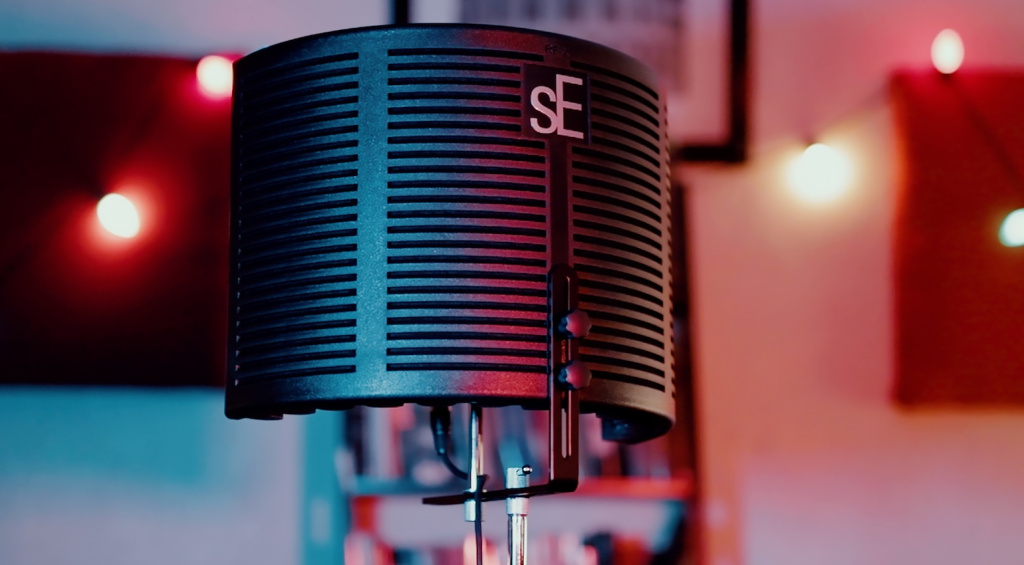
This will help us get rid of any harsh reflections from the walls, ceiling, or floor, and don’t forget to add a rug underneath your mic stand to deaden the floor and avoid sneaker squeaks. Finally, your choice of microphone and the shape of its polar pattern can play a big role in this process.
While dynamic mics offer localized pickup zones, they are also low-output devices that require discrete gain amplification to power them without increasing the noise floor. This can be easily solved with a Cloudlifter or a decent mic preamp, but it’s always worth comparing a condenser to a dynamic in any room if you have the option.

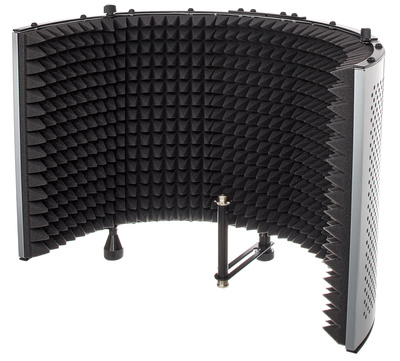
Microphone Isolation: Room Reflections
By installing acoustic absorbers in key areas, you can control the reflectivity of your recording space. Depending on your budget constraints, you can structure your acoustics around your microphone or completely outfit your space with absorption panels on the walls, bass traps in the corners, and diffusers on the ceiling.
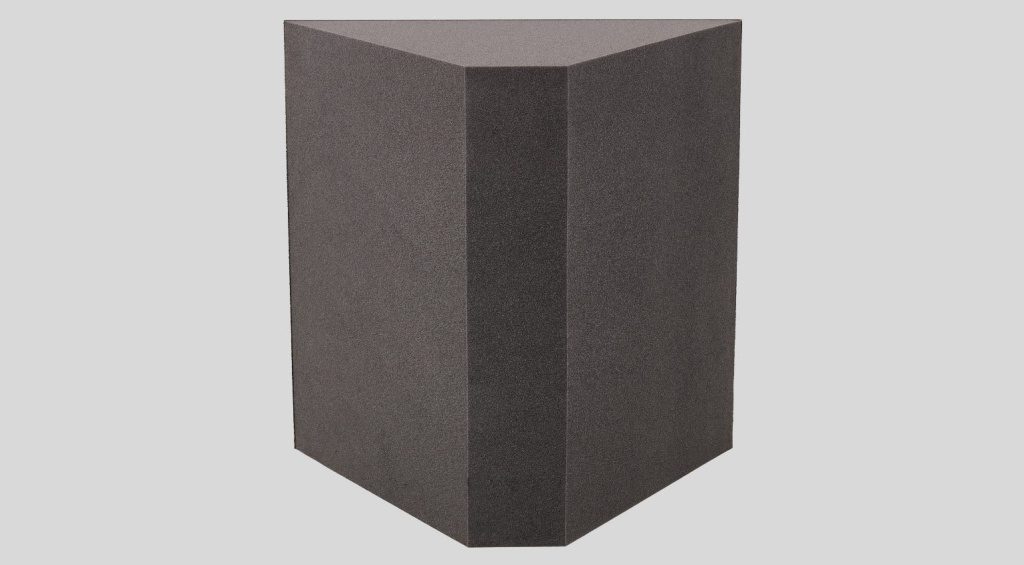
The more you deaden your room, the more it opens up the benefits of high-quality microphones like tube condensers to capture more detailed vocal performances and a greater tonal range from your guitar amps. Like many aspects of your studio, acoustics can be upgraded gradually, piece by piece if necessary, so you can keep refining your room and improving your recordings.
If you are seeking professional recording results without the need for much post-production, room acoustics is certainly a field worth exploring. Plenty of modern equipment is built for recording in untreated environments, so when you upgrade the isolation in your room, it opens up the possibility to achieve even better quality recordings.

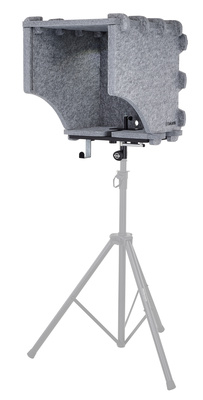

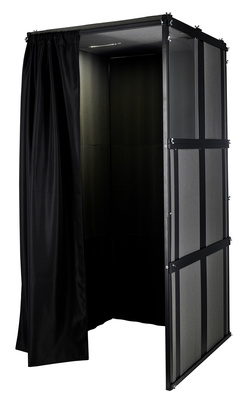
More about Microphone Isolation:
- Thomann’s Guide to Acoustics
- All about Microphones
- More about Acoustics
- Thomann’s Guide to Mic Accessories
*Note: This article contains affiliate links that help us fund our site. Don’t worry: the price for you always stays the same! If you buy something through these links, we will receive a small commission. Thank you for your support!
One response to “Microphone Isolation: Improve Your Recordings”

 3,4 / 5,0 |
3,4 / 5,0 | 




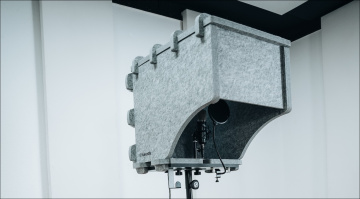
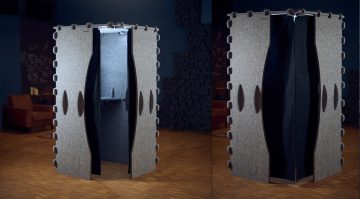
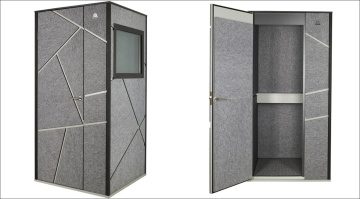
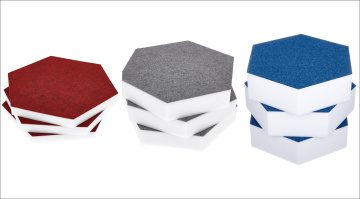

All of this is phase-inducing junk, designed by people who know how to market but with little understanding of acoustics.